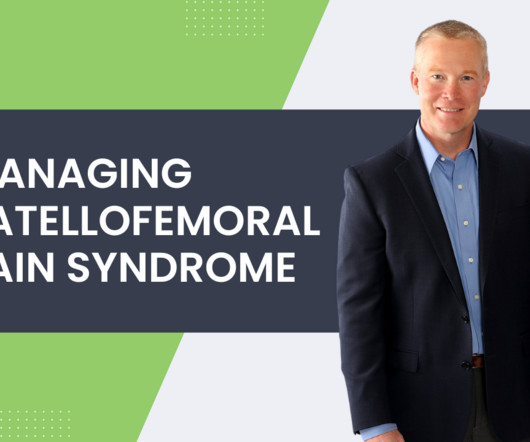7 New Research Findings Every DC Needs to Know About Rotator Cuff Injuries
ChiroUp
JANUARY 17, 2025
Top Rotator Cuff Injury Test The accuracy of diagnostic tests for rotator cuff injuries varies, but a BMC Musculoskeletal Disorders systematic review quantified the reliability of several common assessments. BMC Musculoskeletal Disorders. 2015 Dec;23(1):30. And tear severity escalates with the presence of these risk factors. (5)












Let's personalize your content